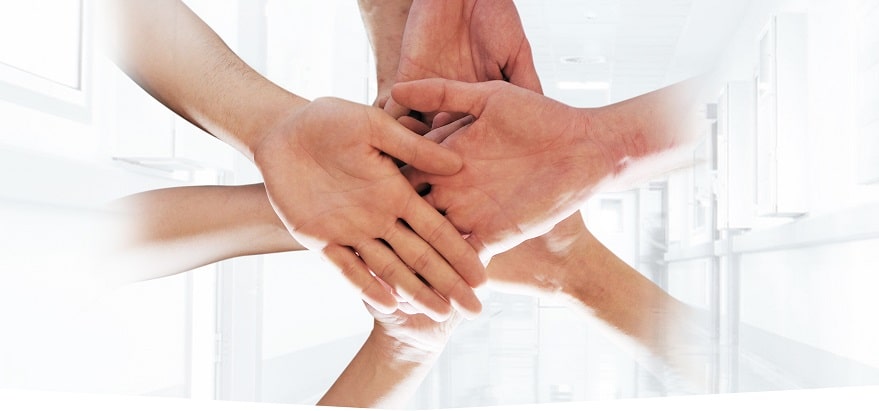View All
Consult us at Fair Oaks Ortho now and Build Your Treatment Plan.
Orthopedic Treatment to Help Stop the Pain.
We offer various advanced care therapeutic options
for your hand to the shoulder.
Consider Fair Oaks Orthopedics an advanced medical practice. Comprehensive
services are always available. If you have ongoing problems such as carpal tunnel syndrome,
trigger finger
, arthritis of the
fingers, thumb, wrist, or arm, nerve or inflammatory issues,
tennis elbow, or
rotator cuff tear, please contact us for treatment today.

Ask Us About Our Impeccable Medical Experience, Board Certification,
Surgical Center Accreditation,
Hospital Privileges, Physical Therapy, Reliable
Recommendations, Great Relationships With Our Patients,
and Follow-up Care.
Our board-certified, fellowship-trained Orthopaedic Surgeon,
Stephen W. Pournaras, Jr., M.D. , hand surgeon & upper extremities,
utilizes the latest technology and cutting-edge procedures to treat a
broad spectrum of orthopedic conditions, sports injuries, and work-related injuries.